The Powerful Reason Why This Artist Has Been Saving His Urine For The Last 200 Days

Cassils spent a good chunk of this week trying to ensure that the 200-gallon tank of urine he was installing at Ronald Feldman Fine Arts didn’t leak and destroy the gallery and its important legacy.
“Can you even imagine?” the transgender performance artist, who uses both “he/him” and “they/them” pronouns, asked me when we sat down to chat about his second solo show at the New Your City gallery. The show, entitled Monumental, features a new work that he made by saving his urine for the last 200 days and collecting it in the tank.
The piece, PISSED, was created in response to President Donald Trump’s February decision to rescind President Obama’s directive that transgender students should be able to use the restroom that corresponds with their gender identity. PISSED will be unveiled at the gallery on Saturday night when, according to a press release for the show, Cassils will perform a related piece, Fountain, and thereby complete “the 200 day durational performance by linking their body to the minimalist structure.”
Cassils, a Canadian-born 2017 Guggenheim Fellow and 2015 Creative Capital Awardee currently living in Los Angeles, has made a career for himself by approaching and proposing theories and questions about the body, politics, gender, history, being transgender and other potentially incendiary topics through his performance-based art. Ahead of the debut of Monumental, he discussed the logistics of preserving so much urine for such a long period of time, his relationship to his body as a transgender artist, the divide between art and activism and more.
HuffPost: Did PISSED happen organically in response to Trump’s action in February or was it a piece you’d be conceptualizing in some way and Trump’s move ended up giving you the perfect opportunity to actualize what you’d been incubating?
Cassils: It’s something that I’ve been thinking about personally as someone who has to navigate bathrooms on a daily basis. This is just an experience that I’ve had. It was really [stemming from] following the Gavin Grimm case in depth and being really inspired by such a young person. Looking at someone who was just 14 years old and speaking his truth to a bunch of adults and students who were bullying him ― and of course he’s picked up by the ACLU because he’s articulate, well-versed, educated white trans man, and certainly, he isn’t necessarily the stand-in for most trans experiences; there was something incredibly compelling about his bravery. I felt quite attached to that particular story and then when Trump rescinded this order, I just couldn’t believe it. I feel like that about so much of what’s happened — DACA last week, Charlottesville — these issues are not necessarily separate. When you look at something like DACA, we have 800,000 dreams who are being kicked out of the country — young people who are trying to do the right thing — and 50,000 of those are LGBTQ members of our community, so [Trump] is affecting trans and queer people on many different levels across all these different intersectional boundaries.
When that order was rescinded I was like, “You know what? Fuck this!” I wanted everybody to do an active protest and FedEx their urine to the White House that night. I thought, Let’s all just flood the White House with piss!
Literally.
Literally! But I am undergoing my citizenship application and my lawyer said, “Do not do that. You will be 86-ed from this country so fast” ― because sending urine in the post is considered a biohazard, so it’s an act of terrorism, believe it or not. Some people think this issue is ridiculous and that we shouldn’t even be having this conversation but the excretion of our bodies can literally be seen as a loaded weapon. Because of the limitations of taking an actual political action, based on my non-citizenship at the time, I thought, I’m an artist and I’ll go the route of the metaphor and I came up with the concept in a day or two.
Sometimes my ideas take a very long time to come to fruition but this one was just right on the surface. That being said, I just started collecting my piss that day [Trump rescinded Obama’s directive] or two days after. But I didn’t know how the project was going to manifest or how I was going to keep the urine — working with a biochemist and the procuring of seven fridges [to hold the urine] wasn’t something I was thinking about at the time.
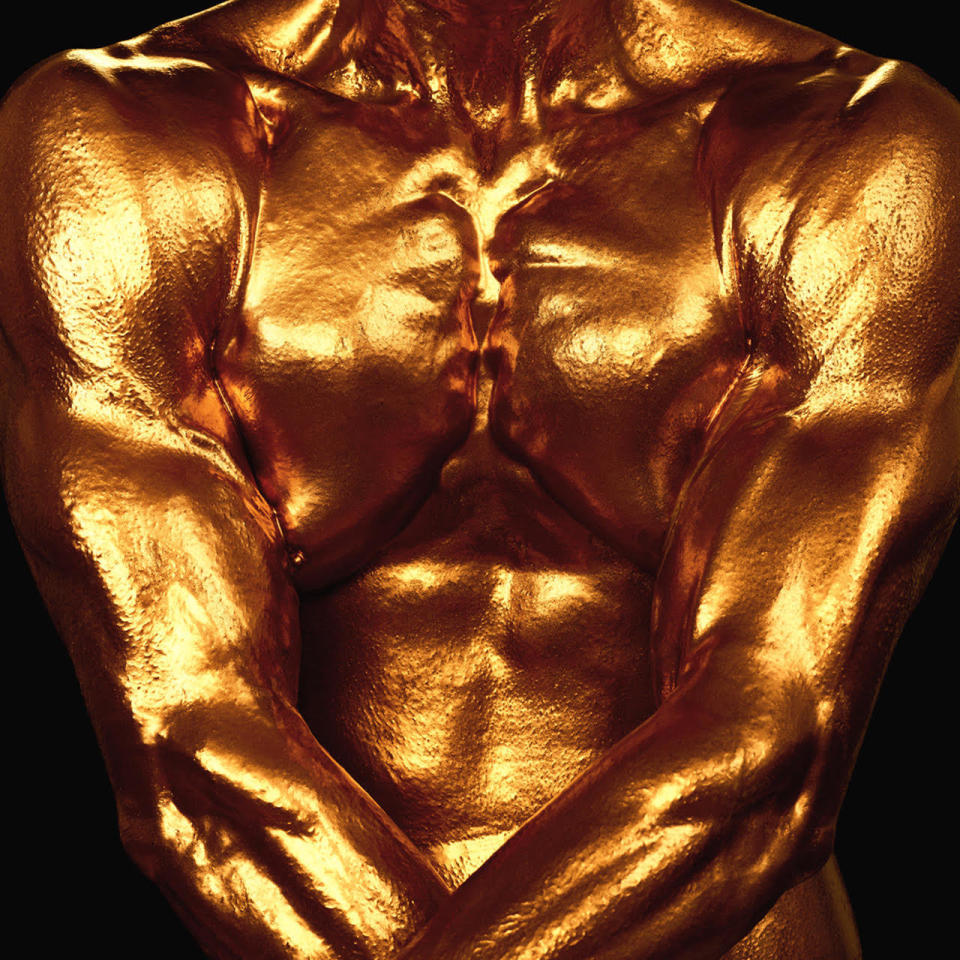
How does a person go about collecting and preserving 200 gallons of urine for months on end?
That’s a good question — and that’s a question that no one had really previously asked because why would we ever need to save urine? No one does. My wife is a nurse and I asked her to go to work the next day and ask the doctors about urine preservation and she said, “they’re not going to know about that. They keep urine for a UTI test for maybe two days and then they chuck it. But you know who would know? A biochemist.” And it turns out that my wife, who is a former dominatrix, knows a dominatrix who also has a PhD. in biochemistry and if you go to her website it says “PhDeviant” [laughs]. Her name is Mistress Snow Mercy and I called her up and she totally hooked me up. Because she went to UCLA, she had quite a lot of contacts and she contacted the head of the forensics lab at the L.A. Police Department and someone who worked at a higher level for the children’s hospital and together they brainstormed this formula. They ordered this preservative off of Amazon for me and it came in the mail and I was about to open it and I got this phone call and the voice said, “Cassils, it’s Snow Mercy. Do not open that box.” I had opened it a little bit and there was like a skull and crossbones on it. I guess they thought I was in a lab? I was like, “I’m not in a lab — I’m in my bathroom!” [laughs]. So they figured out a much more non-lab necessary process, which essentially ended up being borax, which is a roach killer, and it kills the bacteria.
So you just added that to the urine and you were good to go?
Right. So, in short, I would carry around a 24-hour medical urine capture bottle and I would bleach all of these bottles to disinfect them and then air-dry them. I have a funnel, because my aim’s not so hot, and then I’d have to bleach that each time I used it. So I urinate into the bottle and then when it reaches completion, I add 30 grams of the borax solution, shake it up, date it and leave it in the fridge. Living with a performance isn’t always easy [laughs] and my wife was like, “You only get one extra fridge in our one-bedroom [apartment]!”
She must be ridiculously patient.
[Laughs] She really is! I was like, “that’s fair.” So I had to ask my friends ― and a lot of them don’t have spare spaces ― but I found a couple of friends that have a garage or a studio and I found seven people to let me house fridges that I bought off of Craigslist and then I’d load up my Honda with as much piss as I could fit in and then reposition it in someone’s garage. I literally had urine all over Los Angeles.
That’s incredible... and disgusting?
A week ago, I had to go around with my friend in their larger car and we filled our cars with 200 gallons of urine. We had to make pit stops to assemble it in 50-gallon oil containers for transport out to New York. It was completely insane and logistically, I want to say one of the hardest performances I’ve ever done.
Which is saying a lot, considering the performances you’ve done.
I think it’s because there was very little pleasure factor in it for me. My other works are hard — but they’re hard in a way that I like. This was really re-inscribing an oppression. You know, first of all there’s the act of saving your piss and holding your piss really replicates the experience one feels when they’re cognizant of what their body needs to do to empty their bladder, be it in a public space or a private space and all of the anxiety that comes along with this. This piece really hyper-performed that for me.
When the exhibition is done, what happens to the urine?
That’s a good question. I don’t know what will happen. We’ve been in motion, so we’ve just been trying to keep up with the process. This is a 200-day piece — we started this on February 23 and there were certain days when I was traveling and when you’re traveling you can’t bring urine on a flight with you. So I had to get friends to donate their urine to make up for the days that I couldn’t save my own urine because it’s not about my body, per se, it’s about what one body has to mitigate.
So it was surrogate urine.
Right. I learned a lot from the people who participated in the piece. Some people were trans-identified, some weren’t and especially for the people that weren’t, it changed the issue in their mind. So, I think going forward, what I’d like to do, as this continues, for example, I have an exhibition in Los Angeles in the spring, and at that point we’ll be over a year into this, so what would it be like to create a tank that held 400 gallons of urine and have the city of Los Angeles do a urine drive? That way the piece would be a collective action. So I think I’m going to continue with this but I’m not sure how. As far as keeping the urine [that will be featured in the New York exhibition], I don’t know. I have a friend who is an art historian who said, “You need to work with a contemporary arts conservationist,” and I was like, “Yeah I do!” [Laughs]
I love the idea of trying to archive 200 gallons of urine.
Right? I was talking with one of my friends who let me store a fridge with her and she was jokingly calling it my “archive,” but it literally is an archive of my body.

Tell me more about Fountain, the performance that will take place on the opening night of the exhibition.
This sculpture that I’ve made is a result of this 200-day durational performance. The idea behind the sculpture was to showcase to people just how much fluid one body needs to contend with as the result of a government ordinance. So it kind of makes what might seem abstract in nature very concrete. You see this mass and it’s intense — it’s a lot. So that’s present in this room — this large tank of urine. And then the other component is that I’ve created a four-channel audio piece that accompanies this work and that is basically all of the oral arguments that took place in the Gavin Grimm case. It starts at the Virginia School Board meetings when concerned parents and students are addressing the school board and voicing their concerns about Grim — including Gavin’s voice, who is trying to defend himself, and his mother. It’s incredibly moving. And then I follow those arguments all the way up to the 4th Court of Appeals where you hear the lawyer from the ACLU arguing against the Virginia School Board. And what was striking to me — because I’ve never listened to judicial proceedings from start to finish like that — was the incredible ignorance that ran through all levels of the proceedings. You might expect ignorance at a local school board but you don’t expect that from a 4th circuit judge — that’s quite terrifying.
This four-channel installation spacializes these arguments so that the discussions are literally being hurled back and forth over the cube. So what it does is that it contextualizes what you’re looking at. Because although this is an idea about making formally what the fluid amount actually is — at worst it could be reduced to just an aesthetic: “This is beautiful!” “Wow, is this golden nectar?” But when you hear these testimonies — and there’s a lot of Bible quoting, it’s really crazy ― you understand the essentializing that goes on in this country. “God made you man — you are a man! How dare you go against being a man? That’s blasphemy!” And although this is about the trans issue, it does speak to the deep divide in our country right now about these fundamental ideologies and ways that we approach living.
And then the performance I’m doing is really a closing ceremony for those 200 days. It’s very different from the rest of my performances that are kind of visually bombastic. I will be facing the sculpture on a very, very high [platform] — probably like 10 feet up in the air, so you’re not eye-line with my crotch. I’m looking down on you. And behind me, is a grid of the 262 orange 24-hour urine capture bottles I used and they create another cube. There’s one space left, which is the one final bottle. So for the two hours of the exhibition opening, I will literally just be standing up there and pissing into the bottle if I have to piss. And at the end of the performance I will climb down and I will dump the urine into the cube and I will place that final bottle on the shelf. So it’s really about closing this piece down.
Many trans people do not want to center conversations about being trans around the body because they argue that being trans is so much more than that and that when we focus on just the body, we neglect so many other important issues about and related to being trans. As a trans artist whose work centers around the body — often your body in particular — what are your thoughts on that?
I think that [concern] is totally valid. I think the key to that is not creating works that are completely sensationalizing specifically the idea of genitals, for example. So, I think in a way, I’m on the same page as that. So rather than talking about [gender affirmation] surgery or the specifics of someone’s genitals, I’m showing you what a huge block of urine looks like — something that regardless of what you look like or how you work in the world is something that we all have to contend with. It’s about erasing those sensationalist markers. So though it is about the body, I try to create work that speaks to — I don’t want to say all bodies but I try to make work that allows someone who might not have the subjectivity to enter into a reflective dialogue. I try to do something that’s emotionally impactful that could perhaps wrench open a little corner of their mind to imagine what it would be like to be that person.
It’s about creating modes for empathy. We all have bodies and there’s something incredibly powerful about live performance in a world where we are so attached to our screens. I used to live in New York City in the early ’90s and when you were riding the subway people would actually look at each other or you would read a book and now everybody is invested in their tiny digital device. So there’s something incredibly impactful about the physical presence of liveness and our bodies are what we use as barometers and thermometers to be present. So I think there are ways of speaking to the body without reducing the body to some essentialist or totally objectified or totally sensationalized body.
Love HuffPost? Become a founding member of HuffPost Plus today.

I’m interested in what you just mentioned about your work possibly “wrenching open a little corner of the mind” for individuals to consider things they may not have considered before. So much of the work that you’ve done — including PISSED — involves elements of shock or revulsion, and definitely danger. You’ve set yourself on fire, you’ve changed how your body looks through extreme measures for and through your art. Is the revulsion and the shock intended ― and intentional ― to help wrench that corner open?
I think I am an extreme person but I also think we’re living in extreme times. “Cuts,” the piece you’re talking about where I gained 23 pounds of muscle over 23 weeks was an exploration of where is the line in the sand in regards to how we classify people as male or female. Rather than having surgery or taking hormones, I was interested in exploring my body as a material condition — how can I work with flesh and manipulate flesh and sinew? So on one level you can say, “Wow, that’s really extreme.” But for me it’s more about hyper-performing the things that we take for granted.
Some people say, “God said you’re a woman, you must be a woman.” Well, actually, my body is a material and based on the sensory input and the nutrition and the biomechanics and the protocol, I can make [my body] one way or the other. This idea that embodiment is so rigid — that you’re either “this way” or “that way” — or even as a trans person, you’re “this way” and then you take hormones or have surgery and then you’re “that” — I’m interested in mutability and the agency that we can inscribe. Fine, if you want to take hormones but you don’t have to. There are other things we can do. So I guess I’m interested in showcasing that process and unpacking it. So rather than just ending with a really bombastic image, like “Homage to Benglis,” with the lipstick — which is a really bombastic image — I show every single image in between and I record every single meal that I’m consuming and I photograph all of the food that I’ve consumed to get to that point. So for me, it’s about revealing the mechanisms of consumption and capitalism around that end image.
So, for example, Eleanor Antin, who starved herself for 72 days in 1972, which is the work that that piece is referencing, you look at her body from the first day to the 72nd day and it looks like something, but it’s not what we’d expect now. So part of it is trying to reflect the extremity that exists. It seems insane that I have to make a cube of piss for people to get this idea. I shouldn’t have to make this. I shouldn’t have to hold my own urine. It’s crazy that we have to go to these extremes but this is the culture that we’re living in. So, I feel like it’s a way of calling to attention the insanity of what we’re undergoing and what we’re enduring — and making it a transparent process that reveals the process. It’s all about revealing it.
You recently said that you don’t consider yourself an activist, you consider yourself an artist. I’d argue that most people would look at your art and say, “Those are activist works.” But it also seems like part of what you’re saying is to be a… I was going to say a trans person but perhaps just someone who is “other(ed)” in this culture is to be an activist simply by existing. Talk to me about your ideas about art and activism and how they do or don’t link up for you personally.
I have friends who are lawyers and doctors — and when I say “lawyers and doctors” that sounds “fancy” but what I mean is my wife is a nurse at the LGBT center. She deals with really intense issues around healthcare and people who are on the streets, people who are fighting every day to survive as members of our community. I have good friends that work for the ACLU. I know people who are on the streets and going to D.C. to push hardline policy changes and really affect the mechanics and laws that affect our day-to-day lives in extreme ways. So, I guess it’s almost in a way out of reverence for that kind of work that I would never claim [to be an activist]. I think what art does is different. It’s really silly, I guess, to distinguish between “I’m an activist” or “I’m not an activist.” I want to make the world a better place and I want to change people’s minds and if that makes me an activist, then I’m an activist.
But you’re not concerning yourself with the specific terminology ― you just want to do what you do.
I’m doing what I do with the hope that it starts a conversation but I could never say that I can create policy in a direct way — or I’m not doing the work of that. But I’m very interested in working alongside the people who are doing that kind of work. For example, I’m going to have a panel discussion around this exhibition and Gavin Grimm’s lawyer, Chase Strangio, will be present on it. I think my job is to visually create a language to talk about these issues that lawyers are doing in terms of the policy change that they’re creating or that people in the medical industry are doing around healthcare reform and helping those communities. Maybe I am an artist-activist in a way but what I was saying in that particular context you referenced is that it’s a very different kind of work. It’s a work that I’m doing in a solitary way to express an idea to create a dialogue versus working in teams in the government against this incredibly grinding bureaucracy. I just think those activists would [look at what I do and say] “That’s not activism! That looks like a lot of fun.” [Laughs]
There’s such an exhibitionist grounding to your work — and I don’t mean “exhibitionist” in a tawdry or salacious way, like a flasher opening his trench coat on the subway — in that your body is literally used as or becomes an exhibition. Who are you doing the work for? You? Your audience?
I’m a firm believer in the idea that the personal is the political. In many ways, although I just said that I’m trying to make work that doesn’t speak to my body, on the flip side of that, my body is my own experience — it’s my subjectivity. I can talk about and say, “We need to be making anti-racist works” and I can speak about racism in a larger scheme but I can only speak about it as a white ally and as a Canadian who immigrated to this country. I have a very different experience [from American people of color]. So, I don’t think of my work as “for me.” If it was just for me, I’d just stay in a garage and paint watercolors [laughs].
I think of this as — I don’t have children and I’m not going to have kids, so if I can humbly offer forth something that can make a contribution and allow people to have a different observation about the mechanisms about how we’re living, and that can be helpful to cis or queer folks [that’s important to me]. I definitely make work for queer people but I end up going to universities and lecturing and speaking to a lot of young, cis white people and I speak to those young people about trans issues, about issues of racism in relationship to visual arts practice from my perspective. I can only speak from my own perspective but at the same time I hope to offer forth something that is helpful to a multitude of people. I think of my work as a kind of porous sponge — I try to make entry points for people that have different understandings. I want to make something that’s a strong enough of an image that if you know nothing about art, you can get something from it. You can understand it. You don’t need to read the wall text and you don’t have to have a masters degree. Likewise, I like to make something for the art historian who is like “Oh wow! That’s a play on this very particular Donald Judd and that’s kind of queering white male dry formalism and injecting this minimalist content with a contemporary political form.” And maybe someone’s not going to get that — but maybe someone else will. So I want to make all kinds of different doorways.
This interview has been edited for length and clarity.
Monumental opens at Ronald Feldman Fine Arts in New York City on September 16 and features a live performance by Cassils that night from 6 - 8pm. The show runs through October 28. For more information about Cassils, visit his official website.
Pissed, a panel & conversation with Cassils, Jack Halberstam, Titus Kaphar, Joel Sanders, & Chase Strangio, takes place on Tuesday, September 26, from 7 to 9pm at the Center for the Study of Gender and Sexuality at New York University, Performance Studies Studio, 721 Broadway, room 612 in New York City. This event is free & open to the public.
Also on HuffPost
Penelope Ghartey

Kate Lynn Blatt

Laverne Cox

Charlie Lowthian-Rickert

Joe Wong
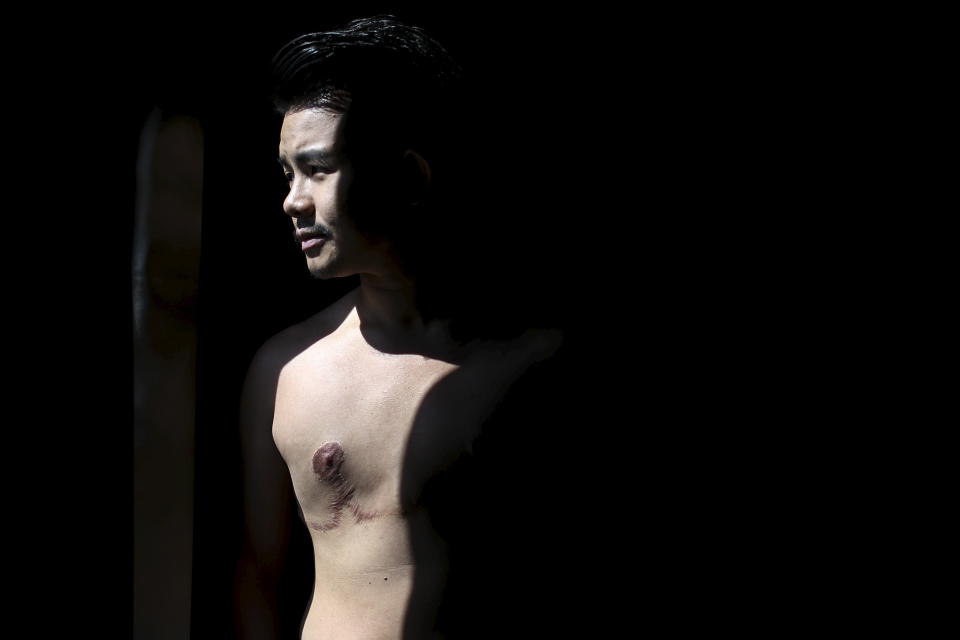
Tiffany
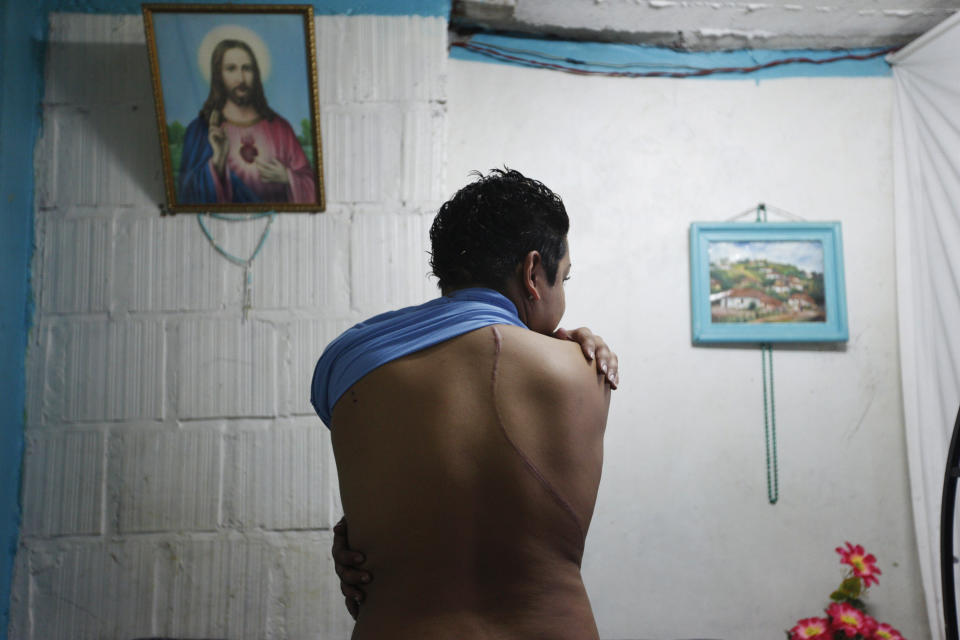
Geraldine Roman

Vonn Jensen
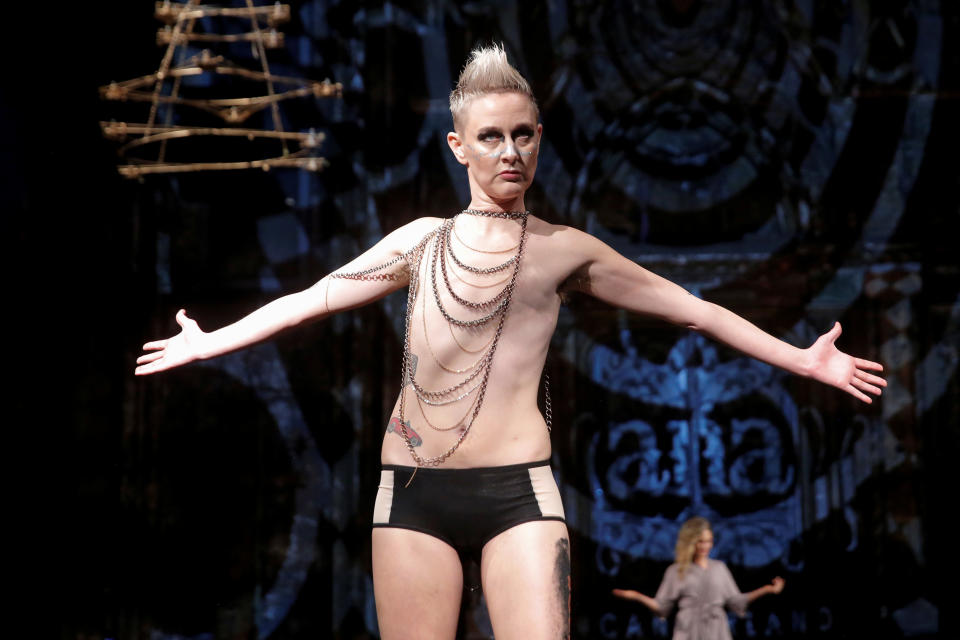
Chahat
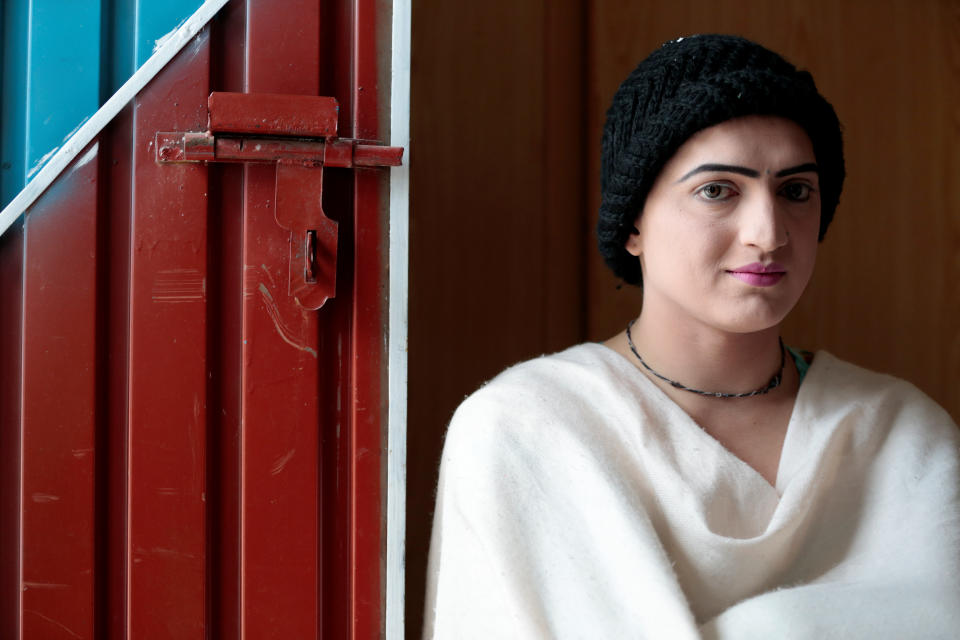
Yiling
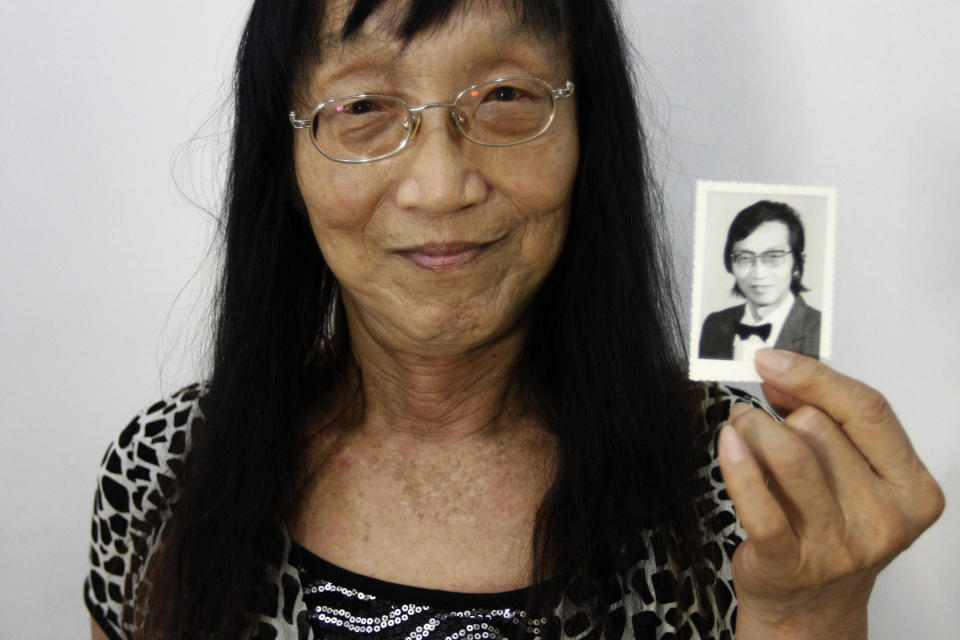
Jenna Talackova
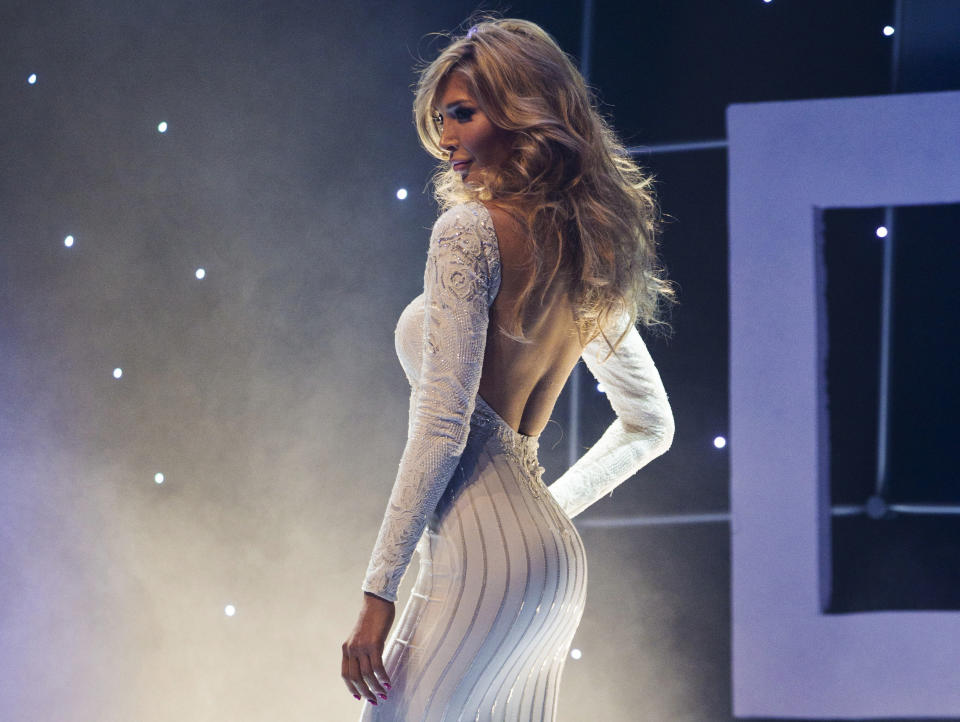
Lulu
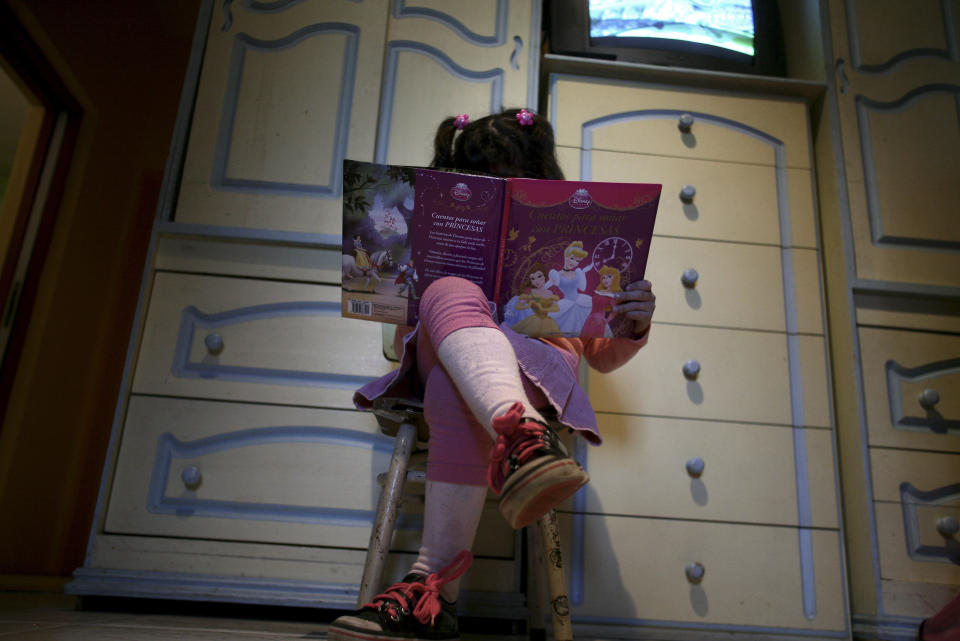
Tanya Walker
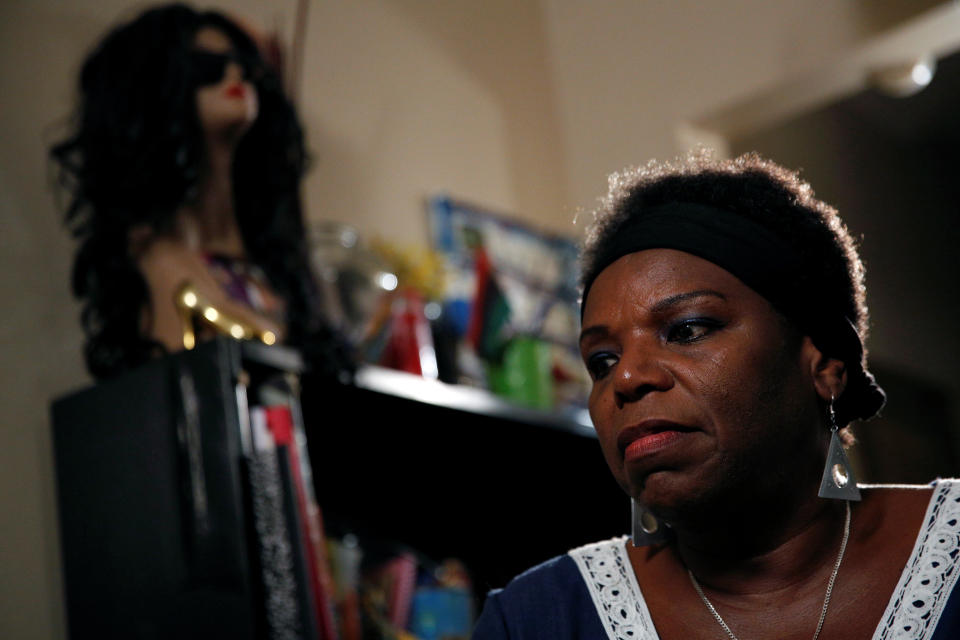
Renee Richards
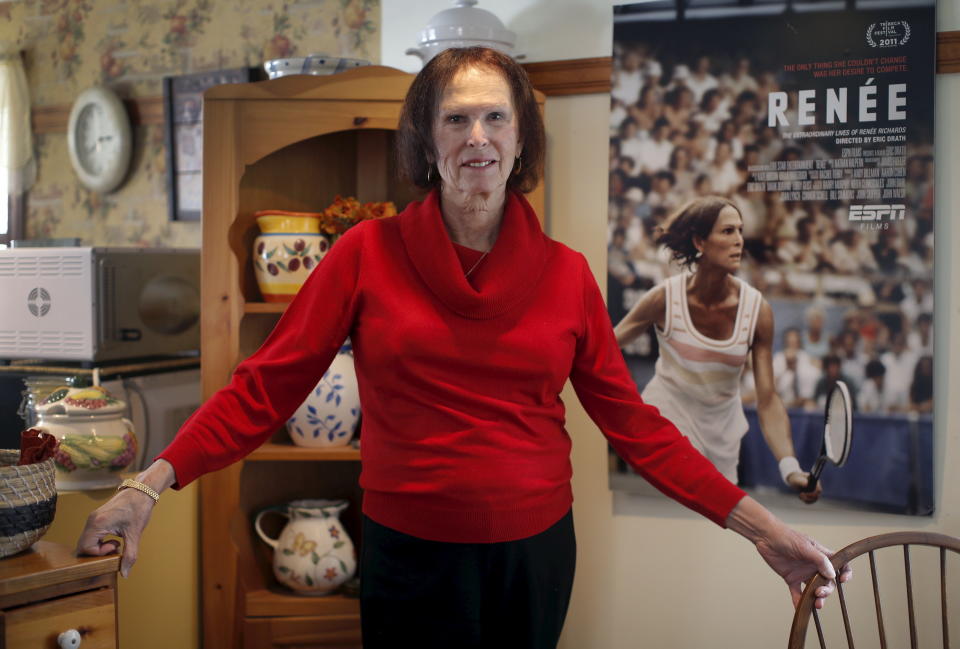
Helena Vukovic

Nada Chaiyajit

Julio Yoaris Alvarez
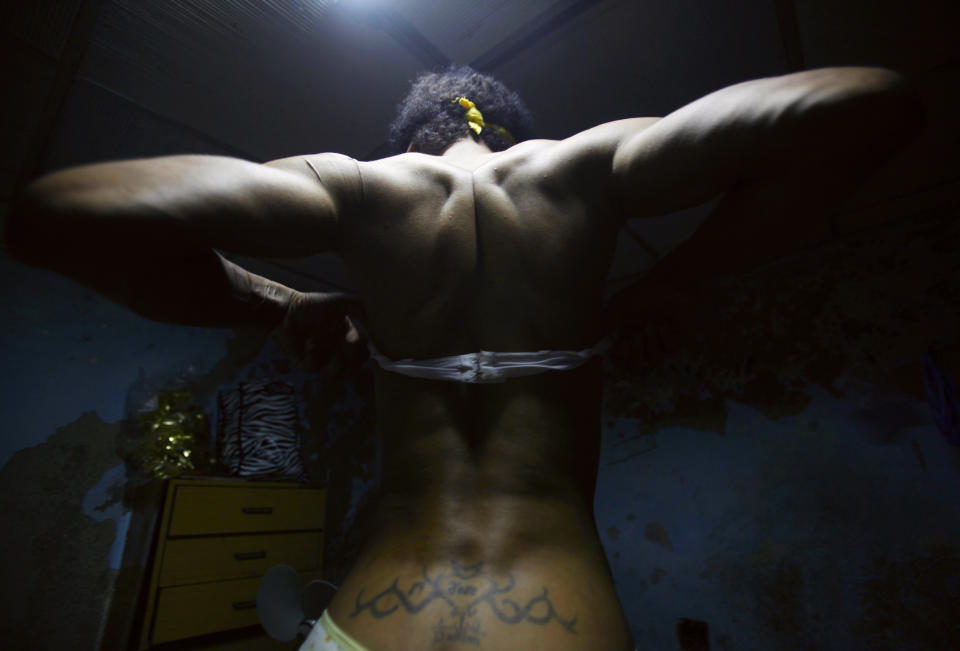
Seema
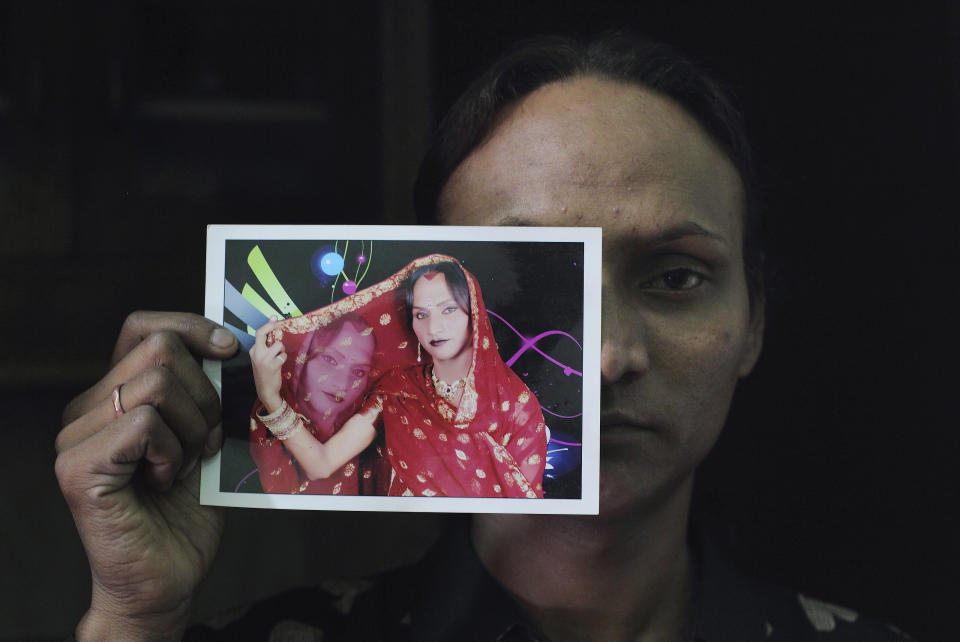
Carly Lehwald


Anna Grodzka

Naz Seenauth
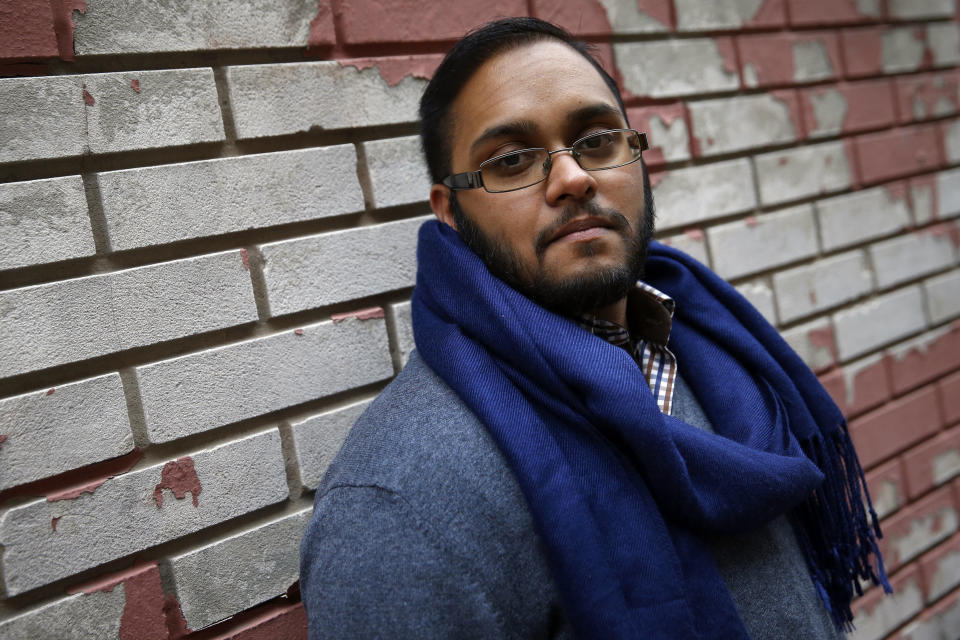
Damian Jackson
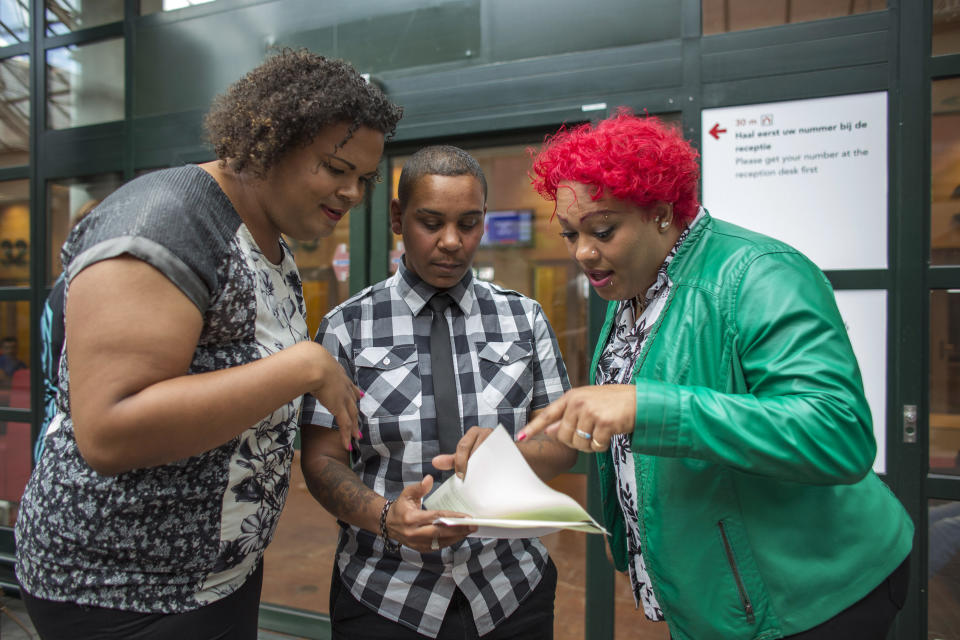
Audrey Mbugua
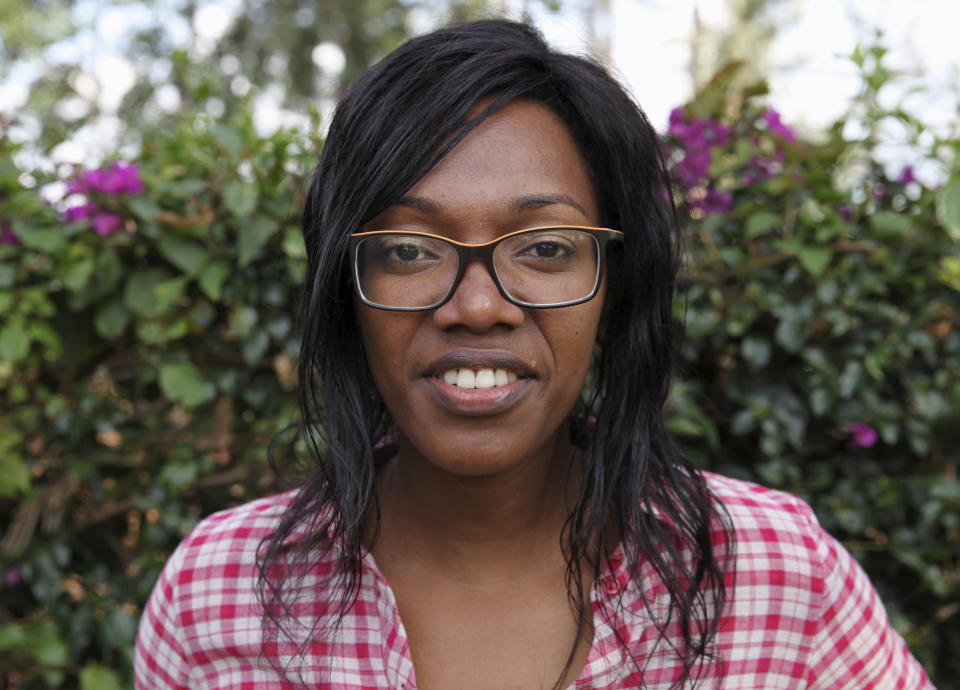
Veronika Lee-Tillman
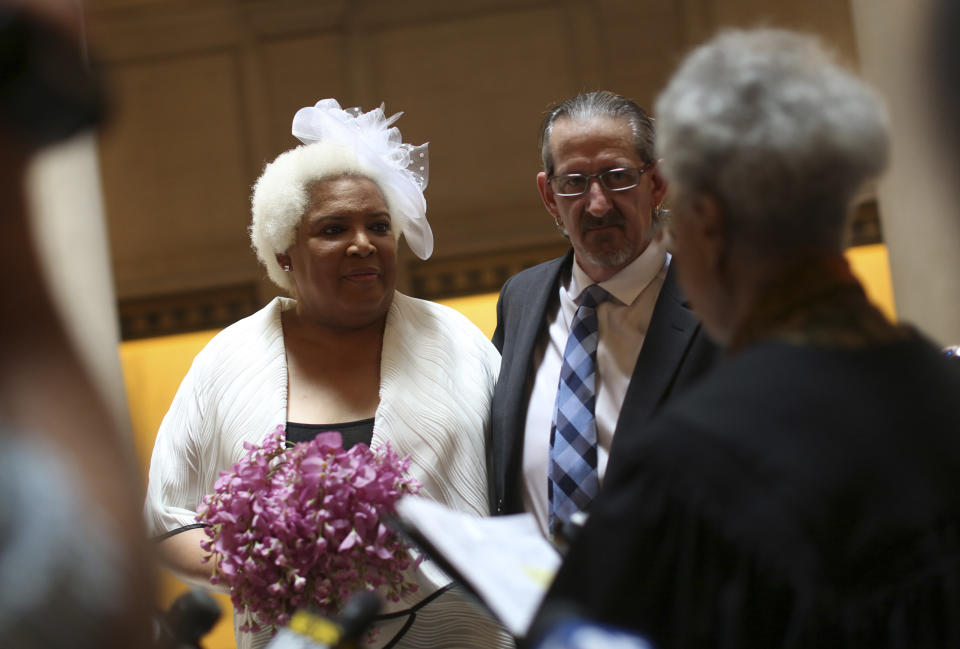
This article originally appeared on HuffPost.

